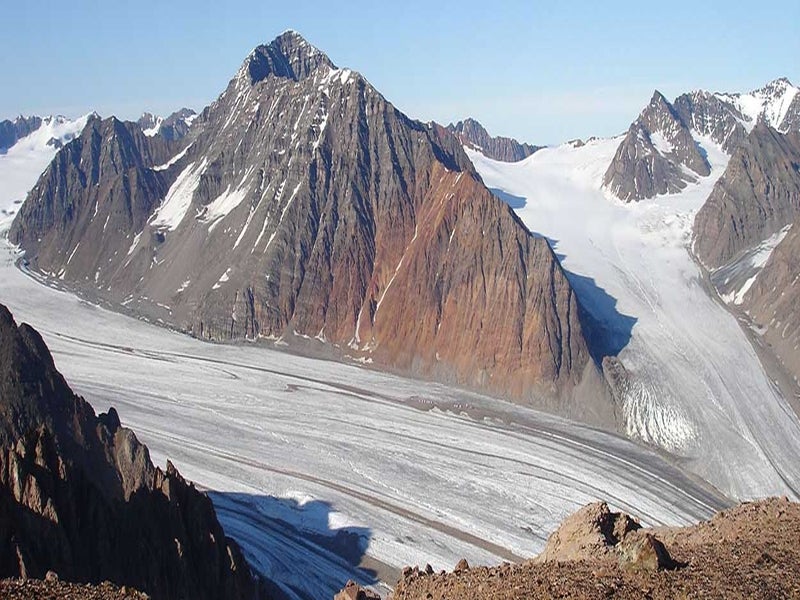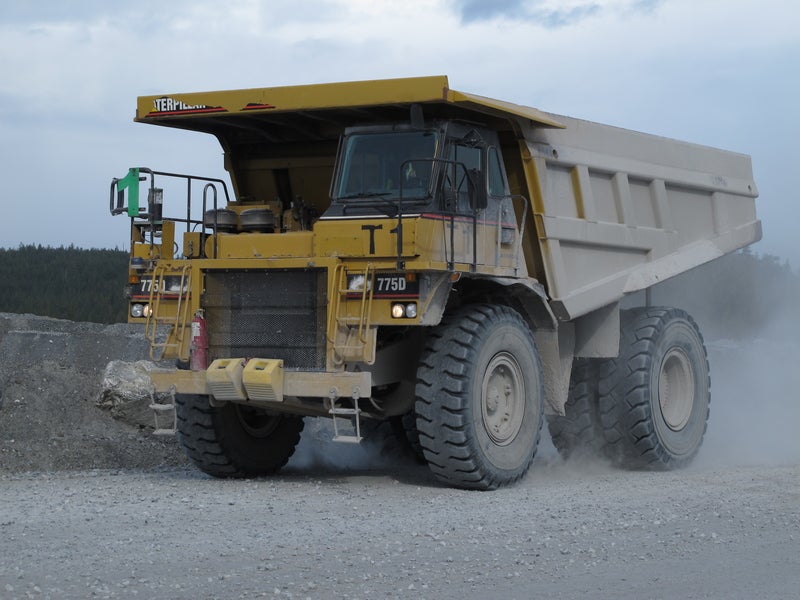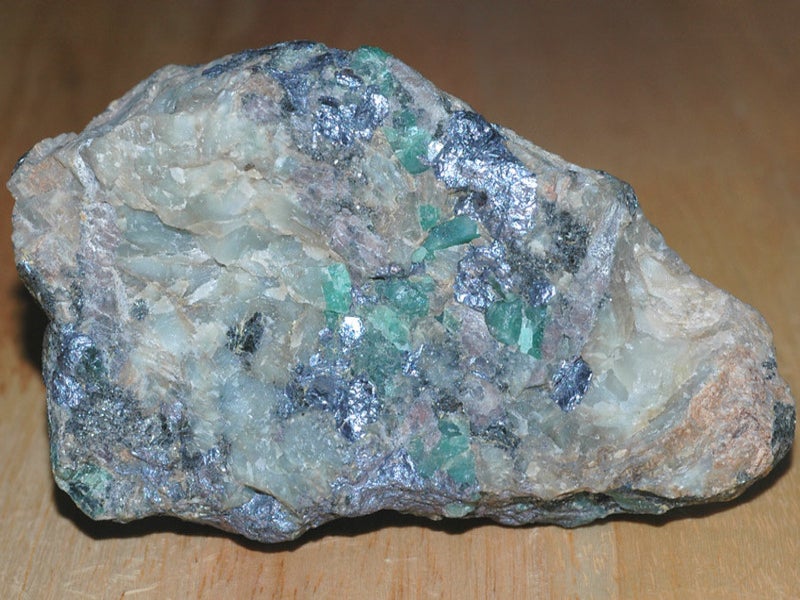The Malmbjerg molybdenum project is an open-pit molybdenum mine planned to be developed by Canadian mining company Greenland Resources in east-central Greenland.
Greenland Resources secured exclusive mineral rights for the 2018/11 licence area containing the Malmbjerg deposit from the Government of Greenland in December 2017.
The company announced the results of a definitive feasibility study (DFS) for the Malmbjerg project in February 2022. The DFS calls for a 20-year mining operation with an average production of 32.8 million pounds (Mlb) of molybdenum a year during the first half of the mine life. The initial capital investment on the project is estimated to be $820m.
The Malmbjerg project has the potential to meet 25% of the molybdenum demand in the European Union (EU) and 6% of the world’s molybdenum demand.
Location and site details
The Malmbjerg molybdenum deposit is located within a wedge-shaped zone in the Hostakken Mountain at the junction of the Arcturus and Schuchert glaciers in the central part of Greenland’s eastern coast, 30km away from tidewater.
The project site lies within the 82km2 mineral exploration licence (MER) 2018/11, 20km away from the Mestersvig airport and 600km north-west of Iceland. Ittoqqortoormiit is the nearest village, located 190km south-east of the mine site.
Discovery and history
The Malmbjerg molybdenum deposit was discovered as part of the Danish East Greenland Expedition in 1954. The exploration licence for the deposit was transferred several times, before International Molybdenum (InterMoly) initiated a feasibility study on the property in 2005.
Quadra Ming acquired the project from InterMoly in March 2007 and conducted diamond drilling to complete the feasibility study in 2008. Quadra merged with FNX Mining in 2011 to form Quadra FNX Mining, which was acquired by KGHM Polska in 2012.
KGHM surrendered the exploration licence over the Malmbjerg deposit in 2017, which was acquired by Greenland Resources in the same year.
Geology and mineralisation
Malmbjerg is a porphyry molybdenum sulphide deposit hosted within a north-northeast trending belt of sedimentary and intrusive rocks of Carboniferous to Lower Tertiary age.
The sedimentary rocks mainly comprise arkosic and conglomeratic sandstones, with the intrusive rocks consisting of perthite granite, quartz porphyry, porphyritic aplite, and feldspathic quartz porphyry.
Molybdenum mineralisation at the deposit is associated with hydrothermal alteration and occurs in the form of molybdenite, which is found disseminated in fractures and stockworks. Wolframite, scheelite, fluorite, and uranium and thorium oxides constitute the other minor minerals at the deposit.
Molybdenum reserves at Malmbjerg
The Malmbjerg project was estimated to hold 245 million tonnes (Mt) of mineral reserves grading 0.176% molybdenum disulphide (MoS2) and containing 571Mlbs of molybdenum metal as of February 2022.
Mining method and ore processing
The Malmbjerg molybdenum project will involve conventional open-pit mining carried out on 12m-high benches. The mining operation will initially utilise two 34m3 hydraulic shovels and 13 haul trucks of 230 tonne (t) capacity.
Waste rock will be sent to a storage site to the mine’s west, while a grade control system will be adopted to separate higher-grade and lower-grade ore materials.
The higher-value ore will be transported via a ropeway aerial conveyor, supplied by Doppelmayr Seilbahnen, to a concentrator facility located 21.7km north-east of the open pit. The lower-grade ore will be stockpiled for processing in the later phase of the mine life.
The Malmbjerg concentrator plant will have a capacity to process 35,000t of molybdenum-rich ore a day. It will house two semi-autogenous grinding (SAG) circuits and a conventional multi-stage flotation circuit to produce molybdenite concentrate. The plant will use salt water for ore processing.
Infrastructure facilities
Other infrastructure for the project will include access and haul roads, an airstrip, and a tailings management facility at Noret inlet, located 17km to the north of the concentrator. The tailings management facility will be utilised to store tailings as well as process water for the Malmbjerg molybdenum operation.
Contractors involved
Tetra Tech (formerly Wardrop) prepared the DFS of the Malmbjerg molybdenum project in collaboration with Moose Mountain Technical Services (MMTS), Paterson & Cooke, Knight Piesold, Frontier Geosciences, Micon International, and PND Engineering. Tetra Tech had also completed the first feasibility study on the Malmbjerg molybdenum project in 2008.
MMTS provided the mineral reserves and resources estimates, along with consulting services for the mining and glacial access road and the rope conveyor system for the project.
Paterson & Cooke was engaged for consulting services related to the overland pipelines and pumpstations, while Knight Piesold was the consultant for the tailings and water management systems.
Frontier Geosciences conducted geophysical study for the project, while PND Engineering was consulted for port facilities and naval engineering services, and Micon International provided financial modelling services for the project.
Golder Associates, in partnership with Inuplan, was selected by Greenland Resources to prepare an updated environmental and social impact assessment (ESIA) report for the project in September 2019.
Roscoe Postle Associates (RPA) prepared an independent technical report on the project in 2018.
Société Générale de Surveillance (SGS) Canada performed metallurgical test works for the project between 2005 and 2007.





